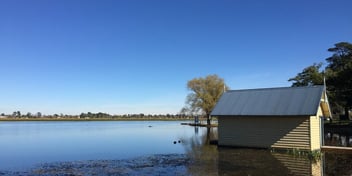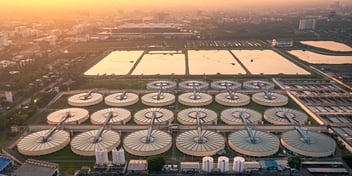IoT sensors give Yarra Valley Water access to near real-time data
Yarra Valley Water has entered a 15-year agreement with Telstra that will enable the collection of IoT service data from the utility’s in-field sensors – expected to reach approximately one million devices over the next five years – to Telstra’s IoT network.
The arrangement marks the first large-scale IoT deployment utilising Telstra’s new cloud-based platform-as-a-service IoT Connection Manager (ICM), which will help Yarra Valley Water (YVW) access to near real-time data.
Yarra Valley Water Managing Director Pat McCafferty said the exciting new deal marks the beginning of a new era for the utility.
“Internet of Things devices are a game changer for the water industry. By deploying a range of different sensors into our water and sanitation networks, we can detect leaks, minimise water wastage and save our customers money,” he said.
As part of the deal, Telstra will provide the IoT connectivity services and the ICM Platform to enable sensor readings to be collected automatically, providing greater visibility of YVW’s networks, Yarra Valley Water Service Futures General Manager Glenn Wilson said.
“Installing sensors within our water and sewer networks will allow us to see what is happening in real time across the almost 20,000 km of pipes we have in the ground in Melbourne’s northern and eastern suburbs, something which is not currently possible,” he said.
Proactively target maintenance programs
This visibility will enable YVW to be far more proactive – helping prevent leaks from becoming bursts, sewer blockages from becoming spills, and notifying customers about issues on their properties so they can act quickly, Wilson said.
“It’ll enable us to proactively target our asset replacement and maintenance programs. We'll be able to detect things like partial blockages of the sewer network as they occur, or valves that are incorrectly opened or closed following works which may alter the water pressure at a house,” he said.
“This means we will be able to send the right crew to the right job, minimising customer disruption and the potential impact we might have on the environment.
“It will allow us to improve outcomes dramatically. We can start telling customers about problems before they call us, and allow them to keep track of what's happening in real time.”
Furthermore, Wilson said the data-driven approach will also help the utility reduce water consumption via three main avenues: non-revenue water detection, household and business water leak prevention, and insights to help drive behavioural change.
“We'll have visibility of water moving in and out of our network. We will be equipped to start to really chase down our non-revenue water which will reduce costs and ultimately customer bills,” he said
“We’ll also be able to target unnecessary water use – water that passes through the customer meter which the customer didn't want to use – resulting from things like leaky appliances, faulty irrigation systems, or taps left on unintentionally and help customers eliminate it.”
Telstra Group Owner of Industry Solutions and IoT Mark Chapman said the utility will be able to build a much more comprehensive understanding of asset performance with the new data arrangement.
“This is a great example of how our leading IoT network and platform is helping organisations use connected technology to drive positive customer experiences and help remotely monitor its assets and complex infrastructure,” he said.


